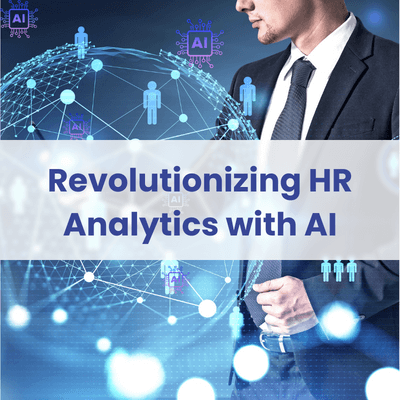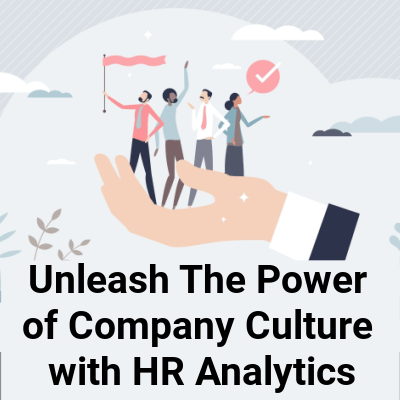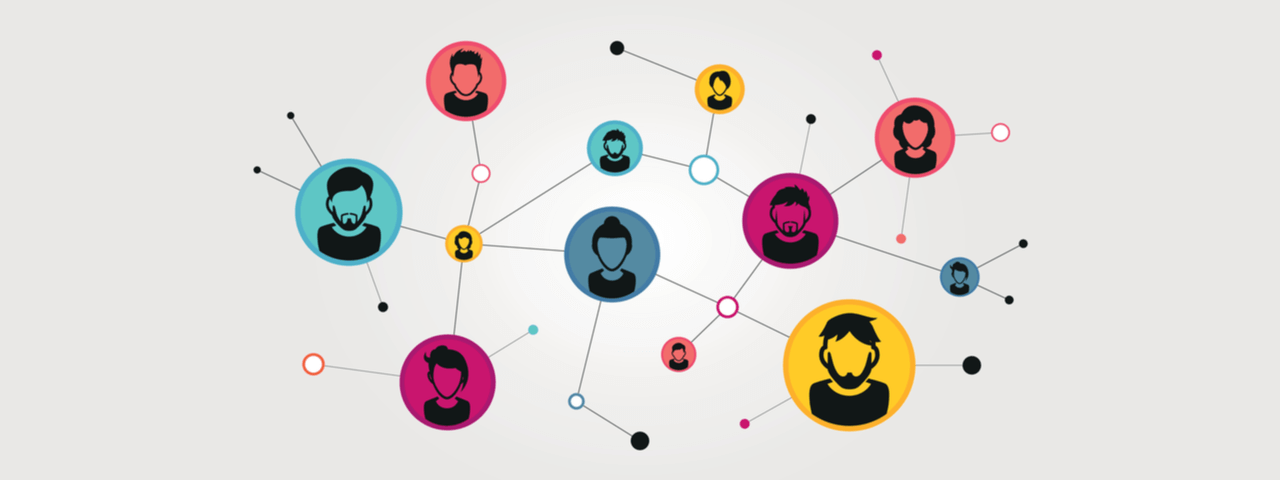Despite working at an information governance company, the term “big data” is still somewhat elusive to me. Conceptually, I’m there; big data refers to extremely large sets of data which are often used for analytics to reveal patterns and trends. What complicates things for me is the context in which people often refer to it – “the promise of Big Data,” “the next frontier for innovation” – leaves me picturing a society that uses big data analytics as a futuristic world where the machine always knows best.
Though that sounds appealing in some ways, we still have a long way to go before our computers are thinking for us. Big data analytics sees things we don’t, but it’s still up to us to extract meaning.
Sometimes, big data analytics can be extremely helpful as a new pair of eyes. In addition to seeing patterns we may have previously been blind to, it can tune out “patterns” that only exist from our biases.
For example, in one case study, a bank which traditionally favored a select group of universities saw their productivity increase by 26% when they opened up their hiring due to analytics recommendations. Another bank, which worried that their goal of increasing the number of women hired would be compromised through merit-based automatic screening, saw that 15% more women passed through compared to manual screening. Big data, here, picked up on more helpful predictors of employee success, showing the companies how their often false assumptions had been hurting them1.
While this is all well and good, given the prevalence of analytics and the astounding growth of information, data analytics is bound to find patterns that hold little meaning or even lead to problematic conclusions. As more enterprises turn to analysis tools to get a better understanding of their data, it’s important to be ready to ask the right questions before embarking on an analytics project.
To take a simple example, let’s say a business is trying to understand which of their employees are busiest during the day. Is the number of emails sent per day a good measure? While this may be a good starting point, other factors to consider might be the employee’s role (a project manager will likely need to send more emails in a day than a website designer), or the need to email more if an employee works remotely (or prefers fewer desk visitors). Having all the information is great, but designing the right program to give you the right measurements makes all the difference. And designing that program has to come first.
The amount of information we collect on a regular basis continues to grow exponentially. It will become more of a priority to make sure we balance taking advantage of the patterns data analytics can show us, without forgetting to think about what they mean for us too.



